Hello friends and welcome to Mixing Images, I am your dear friend Vikas Yadav. Friends, in today's post we talked about Saree Images. In today's post, I am going to post some cute and beautiful images of Saree for you, seeing which you will be very happy and you will feel very good. So let's start again.
Saree Images
 |
| Saree Images |
 |
| Saree Images |
 |
| Saree Images |
 |
| Saree Images |
 |
| Saree Images |
 |
| Saree Images |
 |
| Saree Images |
 |
| Saree Images |
 |
| Saree Images |
 |
| Saree Images |
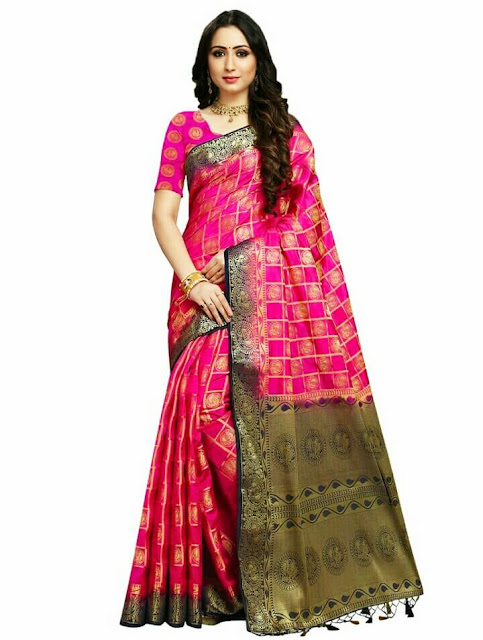 |
| Saree Images |
 |
| Saree Images |
 |
| Saree Images |
 |
| Saree Images |
 |
| Saree Images |
 |
| Saree Images |
 |
| Saree Images |
 |
| Saree Images |
 |
| Saree Images |
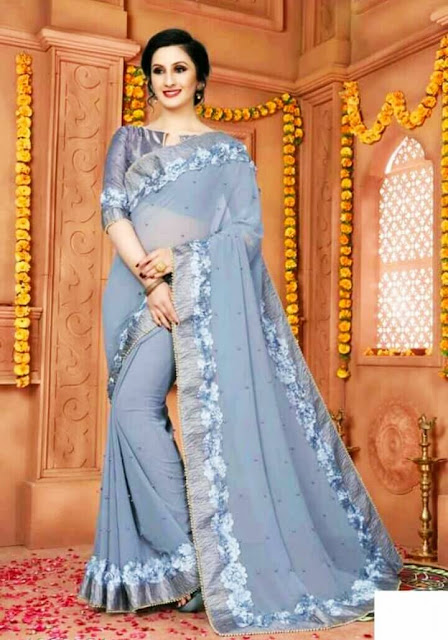 |
| Saree Images |
 |
| Saree Images |
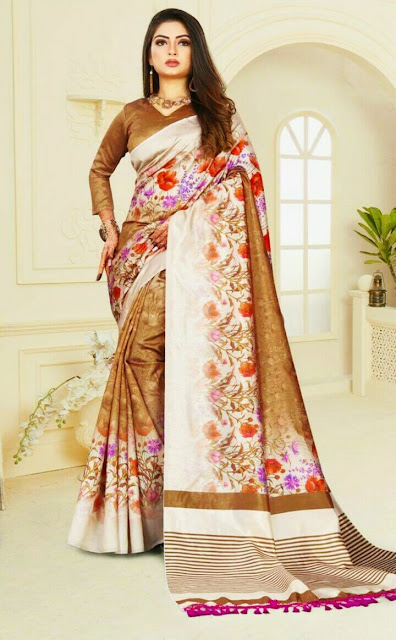 |
| Saree Images |
 |
| Saree Images |
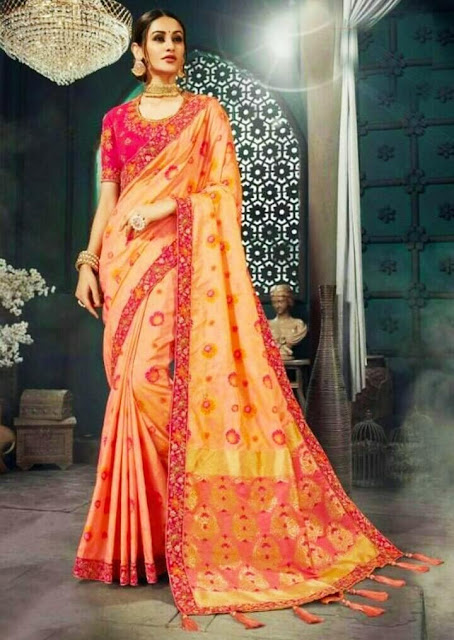 |
| Saree Images |
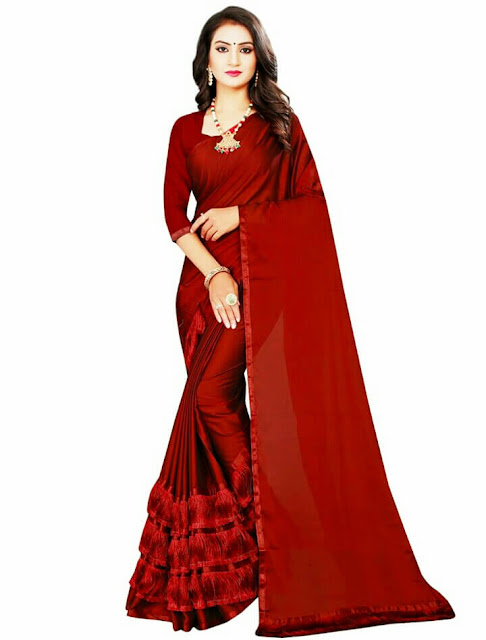 |
| Saree Images |
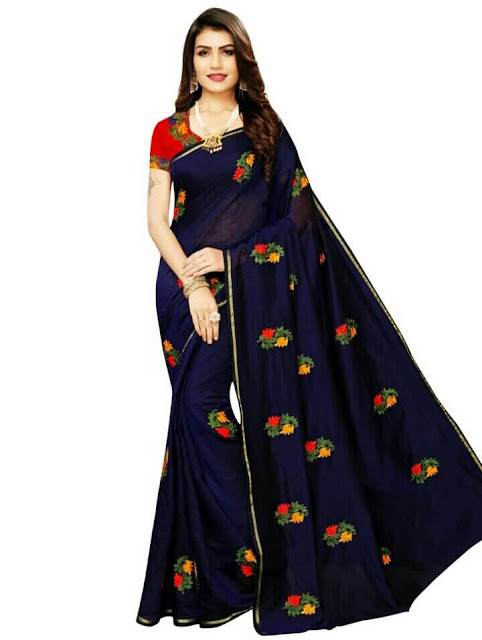 |
| Saree Images |
 |
| Saree Images |
History of Sari
Any place gets a different identity because of certain things like the dialect, food, customs, and dress that has been passed down for generations.
And the identity of Indian traditional dress is "saree". Saree is a very ancient part of Indian culture, which is also mentioned in one of our oldest Veda Puranas, the Yajurveda, in which it is said that it is mandatory for any woman to wear a saree to sit in a havan.
The Sanskrit language was used in ancient times and in the Sanskrit language written in Vedo, there is mention of "Shatika or Sattika", which is the Sanskrit word for Sari.
The saree is believed to be one of the longest and ancient costumes in the world. Even in times of Indus Valley Civilization, saris were worn. And we find evidence of this in the artifacts of that time.
The times have changed and changed the look of saree, where earlier saree sarees were practiced, in the present times, there are many types of designer sarees available in millions of colors such as cotton sarees, South silk in silk sarees, Banarasi silk, Kanjeevaram silk, etc.
Georgette saris, Jamdani saris, Kalamkari saris, Garhwal saris, Net saris, Patta Chitrakari saris, Lakanvi chikankari saris, Phulkari work saris, zari saris, silk embroidered saris, Kantha work saris, Maheshwari saris, etc.
Read More - Lehenga And Saree Images For Girl, Lehenga And Saree Images For Woman, Lehenga And Saree Images For Bride
In today's fast-changing era, where the fashion of clothes changes every day, this thousand of years old dress has retained its importance and place even today.
Importance of saree in Indian society
Sarees are the predominant outerwear of women in the Indian subcontinent. In India, it has been especially liked by women since ancient times.
It is a sign of our heritage. It is also a testament to the simplicity and decency of any woman.
The embroidery done in saris has a history of its own. This history is 3,500 years old. Villagers have been involved in this work for generations. It takes a lot of time to make it. The weavers of work have their own style and designs are made under the same style.
Equality appears in the art of the countries where this style reached. Even though the women wearing these saris have their own opinion on religion and faith, but the art carved in saris gives evidence of faith.
The cultural significance of saree in Indian society
The first mention of the word sari is found in the Yajurveda.
According to the code of the Rig Veda, the wife is required to wear it at the time of yajna or havan and it became an integral part of life itself in the same sequence of legislation.
Over the years, there have been many experiments on this continuously. The mythological text Mahabharata has a reference to Draupadi's rip-off. In a fit of rage, Duryodhana publicly challenged Draupadi by winning her in a gaming arena, and Lord Krishna protected her by increasing the length of the sari.
Through this legend, it is also indicated that it is not only the dress, but it is also a self shield.
Second century BC The sculptures of the body depict the upper part of the body of men and women exposed. These saris are wrapped around the waist in such a way that pleats are formed in the front part, between the legs.
There was no specific change in it till the 12th century. After conquering the northern and central parts of India, the Muslims insisted that the body be completely covered.
Hindu women wear the saree with short organ wear, commonly called blouse and lehenga, colloquially known as a petticoat, in which it is tucked into a long circle from the waist to the foot.
In Maharashtra, nine gas saris are often leveled. Through the colors used in saree, the woman expresses her feelings of the mind.
Since sari has a special association with religion, many religious signs and religious traditional arts have been incorporated into it.
Folk artists, who converted to religion due to the stereotypes of society, used the Ganga-Yamuna culture while designing saris while expanding the art and today this generation is going forward, handing over its heritage to the new generation. is.
That is why the clear influence of Hinduism, Jainism, and Buddhism can be seen in sarees.
Many religious symbols started appearing in the art of the countries where the religious people went. Whether it is Indonesia, Pakistan or Sri Lanka. The amazing equities of artistry are seen here. The motifs of saris that are made in Indonesia are spiritual.
Today, in many countries including India, saris are worn in different ways by women. There are many styles of wearing it in different ways today.
Read More - Beautiful Dresses For Girls || Beautiful Dresses For Woman || Beautiful Dresses For Girls & Woman
It is not necessary to always wear the type of saree that is most liked. There are many ways to wear it.
Women can choose the type of sari to wear according to their length, height, and height, such as free pallu saree, pinup sari, inverted pallu, straight pallu, lehenga style, Mumtaz style, and Bengali style sarees as per their choice. can go.
Innumerable varieties of sarees are available in the markets according to geographical location, traditional values , and interests.
Kanjeevaram, Banarasi, Patola, and Hakoba sarees are the main ones in different style sarees.
Chanderi, Maheshwari, Madhubani printing of Madhya Pradesh, coral silk of Assam, Bomkai of Orissa, Bandhej of Rajasthan, Gathoda of Gujarat, Patola, Tasar of Bihar, Katha, Chhattisgarhi Kosa silk, silk sarees of Delhi, Jharkhand Kosa silk, Maharashtra Paithani, Kanjeevaram, Banarasi saris of Tamil Nadu, Tanchi, Jamdani, Jamwar in Uttar Pradesh and Baluchari and Kantha Tangail of West Bengal are famous sarees.
Banarasi Saree
Banarasi saree is a special type of saree, which Hindu women wear on auspicious occasions like marriage etc.
Banarasi saris are made in Chandauli, Banaras, Jaunpur, Azamgarh, Mirzapur, and Sant Ravidasnagar districts of Uttar Pradesh. Its raw material comes from Banaras.
Earlier the main pillar of Banaras economy was the work of Banarasi sari, but now it is in a worrying state.
The beautiful silk saree prepared by weaving by mixing zari designs with weaving in Banaras on silk sarees is called Banarasi silk saree.
This traditional work has been done for centuries. Sometimes pure gold zari was also used in it. But due to increasing prices, fake shiny zari work is also going on. Many types of specimens are made in them. These are called motifs. Many types of motifs are being used, but some major traditional motifs still retain their Banarasi identity.
Maharashtrian Saree
This saree is mainly worn in the state of Maharashtra. Paithan city of Maharashtra is famous for this.
The inspiration for making it was derived from the paintings done in Ajanta's cave. The Paithan Design cum Exhibition Center is very famous for this saree, where readymade saris are sold and saris are also made on order.
Patola Saree
Patola sarees are one of the major saris worn by women. It is mainly made of handloom.
It is made on both sides. Very fine work is done in Patola sarees. This saree made entirely of silk is made of vegetable dye or color dye.
This art of weavers known as double ikat patola sarees is now on the verge of extinction.
Read More - Blouse Design Images For Girl || Blouse Design Images For Women || Best Blouse Design Images
Famous in Indian history, the number of families who adopted this art in Gujarat during the Mughal period was about 250.
The cost of the manufacture of Patola saree is not available in the market due to the cost, due to which this art is shrinking.
Maheshwari Saree
Maheshwari sarees are worn prominently by women in Maheshwar in Madhya Pradesh. Earlier only cotton saris were made, but gradually it improved and high-quality silk saris, etc. were also made.
The history of Maheshwari sarees is about 250 years old. The great cottage of the Holkar dynasty, Goddess Ahilyabai Holkar, established a cottage industry in Maheshwar in 1767.
They brought the families of weavers from Gujarat and other cities of India and settled here and provided them with facilities of home, business, etc.
Chanderi Saree
The world-famous Chanderi saris of Chanderi are still woven on handlooms. These sarees have a rich history of their own.
Earlier these saris were worn only by the women of the royal houses, but now it has reached the common people as well.
A chanderi saree takes a year to make, so to protect it from outside sight, the artisans who make chanderi apply kajal vaccine on every meter when making it.
Earlier designs were made in Chanderi sarees, but now new designs are being used in their designs as well. Their peculiarity is that they are not only elegant in appearance but are also very light. That is why women can wear them easily.
Final Word
Friends, I hope you have liked today's post very much and you must have been very happy and you have also shared this post with your friends. If you liked this post even a little bit, then you must like this post of mine and share it with your dear teachers. We must comment that if you liked my post or not, if it was good, what was good, if it was not good, then what was not liked.


![5555+ WhatsApp DP Images 2025 [ New & Stylish WhatsApp DP ]](https://blogger.googleusercontent.com/img/a/AVvXsEg95BfLEowtFnLtY0Il-OSnzA76svLtx8rt7iXrP02lzt0U-y2AHvAhQFdIMHg97mkNEBk6mB9z2cDEusvytmRIYatQLaGhPeZbmVKP0hTcPe2dxRSKw9LydaR2N3t5TOrDor018-2ttJcGzBUgjgqO4mU_pxF-2gw4zEAZ4tWQNydtUyrGsYH6CVrZ=w680)




0 Comments
If You Have Any Doubts. Please Let Me Know.